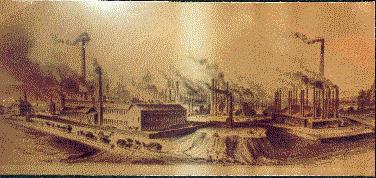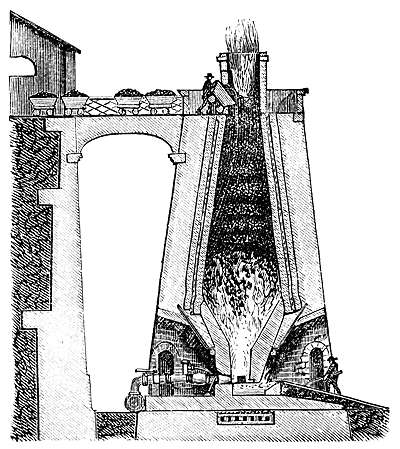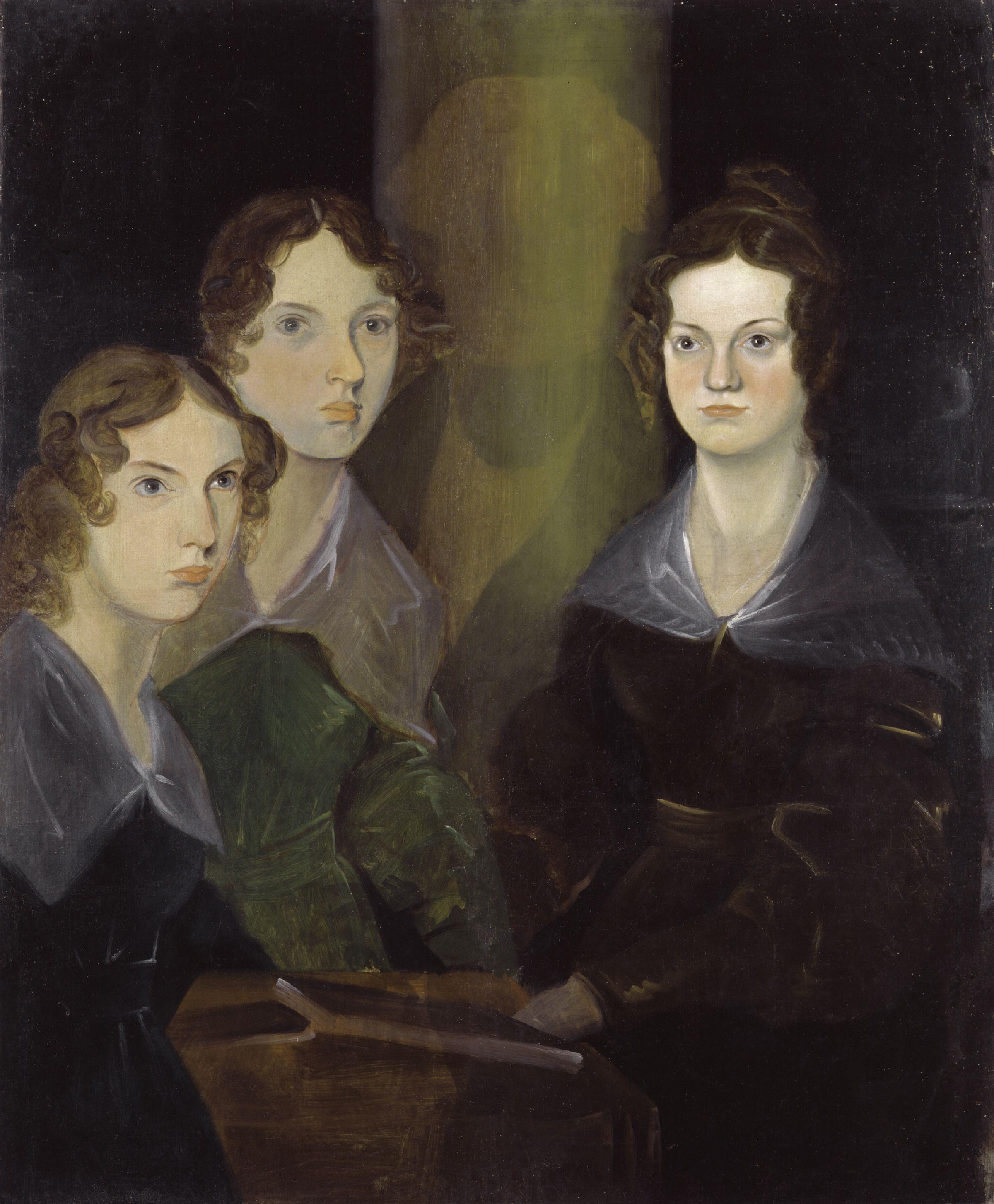|
Royds Hall
Royds Hall Manor is one of the surviving manor houses in the Yorkshire Region. It is a Grade II* listed building situated on an elevation over 700 feet above sea level in Bradford, West Yorkshire, England and was once the residence of the Lords of the Manor of North Bierley and Wibsey. Maps of Yorkshire dated 1600 or earlier show Bolling Hall, now a museum, and Royds Hall as the only two houses in the district. The house is also mentioned in the Domesday book. History Up to the year 1307 the Lord of the Manor of Royds Hall was William De Swillington. He left no heir, and after a short succession of owners the Hall and its estates passed to William Rookes of Rookes Hall, Norwood Green. In 1313 The Rookes Family became the tenants of the land and owners of the land in 1538 when the land was granted to William Rookes for Knights service during the dissolution of the monasteries. This entailed 40 days annual service to the monarch, then King Henry VIII, and the duties and attenda ... [...More Info...] [...Related Items...] OR: [Wikipedia] [Google] [Baidu] |
Low Moor, Bradford
Low Moor is a village in the metropolitan borough of the City of Bradford in West Yorkshire, England. History Before 1790 Low Moor was nothing but a hamlet where a small number of cottages housed a few handloom weavers who sold their produce in places like the Halifax Piece Hall. The village changed beyond all recognition around 1790 due to the establishment and subsequent rapid growth of the Low Moor Ironworks which was to become a worldwide name. The rapid rise in the number of employees caused a great increase in the local population and the need for housing, churches, shops, pubs and public buildings to meet their needs changed forever Low Moor’s image. The image was again changed during the 1960s and 1970s when the whole area was redeveloped. Low Moor was home to the Transperience museum, which was opened in 1995 but closed in 1997. 1916 Low Moor Explosion On 21 August 1916 when the eyes of the world were concentrated on the titanic struggle in The Somme, there oc ... [...More Info...] [...Related Items...] OR: [Wikipedia] [Google] [Baidu] |
Joseph Priestley
Joseph Priestley (; 24 March 1733 – 6 February 1804) was an English chemist, natural philosopher, separatist theologian, grammarian, multi-subject educator, and liberal political theorist. He published over 150 works, and conducted experiments in electricity and other areas of science. He was a close friend of, and worked in close association with Benjamin Franklin involving electricity experiments. Priestley is credited with his independent discovery of oxygen by the thermal decomposition of mercuric oxide, having isolated it in 1774. During his lifetime, Priestley's considerable scientific reputation rested on his invention of carbonated water, his writings on electricity, and his discovery of several "airs" (gases), the most famous being what Priestley dubbed "dephlogisticated air" (oxygen). Priestley's determination to defend phlogiston theory and to reject what would become the chemical revolution eventually left him isolated within the scientific community. Prie ... [...More Info...] [...Related Items...] OR: [Wikipedia] [Google] [Baidu] |
Listed Buildings In Bradford (Royds Ward)
Royds is a ward in the metropolitan borough of the City of Bradford, West Yorkshire, England. It contains 29 listed buildings that are recorded in the National Heritage List for England. Of these, two are listed at Grade II*, the middle of the three grades, and the others are at Grade II, the lowest grade. The ward is to the south of the centre of Bradford, and includes the area of Buttershaw, and parts of Horton Bank and Low Moor. The oldest and most important building in the ward is Royds Hall, which is listed, together with a number of associated structures. The other listed buildings consist of houses, cottages and associated structures, farmhouses and farm buildings, public houses, buildings remaining from a former textile mill, and a school. __NOTOC__ Key Buildings References Citations Sources * * * * * * * * * * * * * * * * * * * * * * * * * * * * * * * {{DEFAULTSORT:Bradford (Royds Ward) Lists of listed buildings in West Yorkshire Listed ... [...More Info...] [...Related Items...] OR: [Wikipedia] [Google] [Baidu] |
Westerly Garden
{{disambiguation, geo ...
Westerly may refer to: * Westerlies, the prevailing winds in the middle latitudes Places in the United States * Westerly, Rhode Island, a town ** Westerly (CDP), Rhode Island, the urban center of the town of Westerly ** Westerly (Amtrak station), a train station * Westerly, West Virginia, an unincorporated community * Westerly (Piffard, New York), a historic home in Livingston County * The Westerly, a high-rise building in Portland, Oregon Other uses * ''Westerly'' (magazine), a literary magazine from the University of Western Australia See also * Westerleigh (other) * * * Wester (other) * West (other) West is a cardinal direction or compass point. West or The West may also refer to: Geography and locations Global context * The Western world * Western culture and Western civilization in general * The Western Bloc, countries allied with NATO ... [...More Info...] [...Related Items...] OR: [Wikipedia] [Google] [Baidu] |
Medieval Duck Pond
In the history of Europe, the Middle Ages or medieval period lasted approximately from the late 5th to the late 15th centuries, similar to the post-classical period of global history. It began with the fall of the Western Roman Empire and transitioned into the Renaissance and the Age of Discovery. The Middle Ages is the middle period of the three traditional divisions of Western history: classical antiquity, the medieval period, and the modern period. The medieval period is itself subdivided into the Early, High, and Late Middle Ages. Population decline, counterurbanisation, the collapse of centralized authority, invasions, and mass migrations of tribes, which had begun in late antiquity, continued into the Early Middle Ages. The large-scale movements of the Migration Period, including various Germanic peoples, formed new kingdoms in what remained of the Western Roman Empire. In the 7th century, North Africa and the Middle East—most recently part of the Eastern Roman ( ... [...More Info...] [...Related Items...] OR: [Wikipedia] [Google] [Baidu] |
Easterly Garden
Easterly may refer to anything facing, located in, or coming from, the East, particularly: * Easterlies, the trade winds which blow primarily east-to-west in tropical regions People * Catharine F. Easterly (born 1970), American judge in Washington, D.C. * Chris Easterly, American screenwriter *Dick Easterly (born 1939), American football player * Harry Easterly (1922–2005), American golf administrator *Jamie Easterly (born 1953), American baseball player *Jen Easterly (born 1968), American intelligence officer *Ted Easterly (1885–1951), American baseball player *Thomas Martin Easterly (1809–1882), American photographer *William Easterly (born 1957), American economist Places *Easterly, Texas, an unincorporated community in Robertson County, Texas See also *Easterly wave, a type of atmospheric trough * * * Easter (other) *East (other) East is a cardinal direction or compass point. East or the East may also refer to: Geography Global context *Eastern ... [...More Info...] [...Related Items...] OR: [Wikipedia] [Google] [Baidu] |
Buried Treasure
Buried treasure is a literary trope commonly associated with depictions of pirates, criminals, and Old West outlaws. According to popular conception, these people often buried their stolen fortunes in remote places, intending to return to them later (often with the use of a pirates treasure map). Pirates Pirates burying treasure was rare. The only pirate known to have actually buried treasure was William Kidd, who is believed to have buried at least some of his wealth on Gardiners Island near Long Island before sailing into New York City. Kidd had originally been commissioned as a privateer for England, but his behavior had strayed into outright piracy, and he hoped that his treasure could serve as a bargaining chip in negotiations to avoid punishment. His bid was unsuccessful, however, and Kidd was hanged as a pirate. In English fiction there are three well-known stories that helped to popularize the myth of buried pirate treasure: '' Wolfert Webber'' (1824) by Washington Ir ... [...More Info...] [...Related Items...] OR: [Wikipedia] [Google] [Baidu] |
Royds Hall Court
Royds may refer to: *Royds, Bradford, a ward in Bradford Metropolitan District in West Yorkshire, England *Cape Royds, a dark rock cape forming the west extremity of Ross Island, *High Royds Hospital, former psychiatric hospital south of the village of Menston, West Yorkshire, England *Royds Hall School Royds Hall Academy is a mixed secondary school for pupils aged 11 – 16. It is located in Huddersfield, West Yorkshire, England, and on the north side of the Colne Valley towards Milnsbridge. History Royds Hall was a large farmhouse in the P ..., comprehensive school in Huddersfield, West Yorkshire, England * High Royds railway station, former station near Barnsley on the South Yorkshire Railway * High Royds Hospital Railway, short railway connecting the West Riding County Asylum near Leeds in West Yorkshire with the Midland Railway * Royds (surname) {{disambig ... [...More Info...] [...Related Items...] OR: [Wikipedia] [Google] [Baidu] |
Multibrands International company headquartered in Bradford, West Yorkshire.Founded in 1998, it manufactures home-care and personal-care products, beverages, and high-performance LED bulbs.
Manufacturing companies of England
Personal care companies
Energy drinks
Manufacturing companies established in 1998
{{company-stub ...
Multibrands International is a multinational fast-moving consumer goods Fast-moving consumer goods (FMCG), also known as consumer packaged goods (CPG), are products that are sold quickly and at a relatively low cost. Examples include non-durable household goods such as packaged foods, beverages, toiletries, cand ... [...More Info...] [...Related Items...] OR: [Wikipedia] [Google] [Baidu] |
Low Moor Iron Company
The Low Moor Ironworks was a wrought iron foundry established in 1791 in the village of Low Moor about south of Bradford in Yorkshire, England. The works were built to exploit the high-quality iron ore and low-sulphur coal found in the area. Low Moor made wrought iron products from 1801 until 1957 for export around the world. At one time it was the largest ironworks in Yorkshire, a major complex of mines, piles of coal and ore, kilns, blast furnaces, forges and slag heaps connected by railway lines. The surrounding countryside was littered with waste, and smoke from the furnaces and machinery blackened the sky. Today Low Moor is still industrial, but the pollution has been mostly eliminated. Background The ironworks depended on the excellent resources of high-quality coal and iron ore found in the vicinity. The "better bed" coal came from a seam about thick resting on hard sandstone. This coal is particularly low in sulphur. About above this coal seam there is a layer of "black ... [...More Info...] [...Related Items...] OR: [Wikipedia] [Google] [Baidu] |
City Of Bradford
The City of Bradford () is a local government district of West Yorkshire, England, with the status of a city and metropolitan borough. It is named after its largest settlement, Bradford, but covers a large area which includes the towns and villages of Keighley, Shipley, Bingley, Ilkley, Haworth, Silsden, Queensbury, Thornton and Denholme. Bradford has a population of 528,155, making it the fourth-most populous metropolitan district and the sixth-most populous local authority district in England. It forms part of the West Yorkshire Urban Area conurbation which in 2011 had a population of 1,777,934, and the city is part of the Leeds-Bradford Larger Urban Zone (LUZ), which, with a population of 2,393,300, is the fourth largest in the United Kingdom after London, Birmingham and Manchester. The city is situated on the edge of the Pennines, and is bounded to the east by the City of Leeds, the south by the Metropolitan Borough of Kirklees and the south west by the Metropolitan ... [...More Info...] [...Related Items...] OR: [Wikipedia] [Google] [Baidu] |
Leeds Liverpool Canal
The Leeds and Liverpool Canal is a canal in Northern England, linking the cities of Leeds and Liverpool. Over a distance of , crossing the Pennines, and including 91 locks on the main line. The Leeds and Liverpool Canal has several small branches, and in the early 21st century a new link was constructed into the Liverpool docks system. History Background In the mid-18th century the growing towns of Yorkshire, including Leeds, Wakefield and Bradford, were trading increasingly. While the Aire and Calder Navigation improved links to the east for Leeds, links to the west were limited. Bradford merchants wanted to increase the supply of limestone to make lime for mortar and agriculture using coal from Bradford's collieries and to transport textiles to the Port of Liverpool. On the west coast, traders in the busy port of Liverpool wanted a cheap supply of coal for their shipping and manufacturing businesses and to tap the output from the industrial regions of Lancashire. Inspired by ... [...More Info...] [...Related Items...] OR: [Wikipedia] [Google] [Baidu] |




